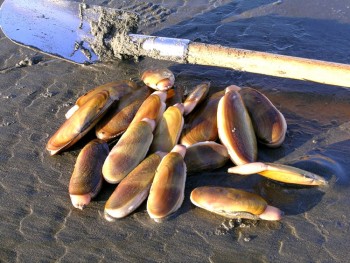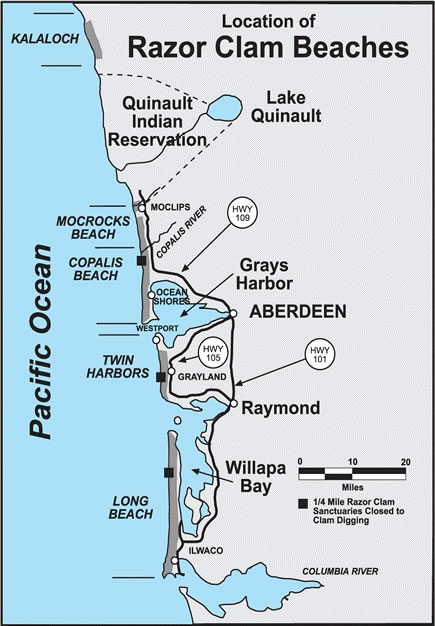May 7, 2014
By Kate Prengaman / Yakima Herald-Republic
kprengaman@yakimaherald.com
YAKIMA, Wash. — The Yakama Nation Tribal Court ruled it has jurisdiction in an unprecedented lawsuit that maintains that the state has responsibility to manage an elk herd to prevent damage to a sacred burial site.
Chief Judge Ted Strong found in favor of the tribal member who brought the civil suit against the state Department of Fish and Wildlife when he ruled Friday that the Tribal Court has the authority to hear the case. He ordered the parties to discuss settlement options before continuing with hearings.
Attorneys for the state had asked the court to throw out the lawsuit, saying it lacked authority over Wildlife Department officials named in the suit because they are not tribal members and because the burial site is not on the reservation.
In the case of the burial sites, the judge found that the court’s jurisdiction should not be limited to the reservation.
The case was brought under a 1989 state law allowing tribal members to seek damages in civil court against those who have knowingly damaged Indian burial sites. The law allows cases to be brought in Superior or Tribal Court, but this is the first time a case has been heard in Tribal Court.
It’s a test case for the authority of the Tribal Court, said Jack Fiander, the attorney representing Shay-Ya-Boon-Il-Pilpsh, who brought the case. Fiander said he hopes this case can demonstrate the fair, professional process of the Tribal Court.
Typically, tribal courts only have jurisdiction over cases involving tribal members and tribal lands.
“The Yakama Tribal Member who seeks preservation of the ancient burial grounds has no less right to be heard by this court simply because the remains of his fellow Yakama lies buried in the grave some miles distant from the Yakama Reservation Boundary,” Judge Strong wrote in the order granting the jurisdiction.
The tribal court is “uniquely competent” to hear concerns about the desecration of burial sites, he wrote.
Plaintiff Shay-Ya-Boon-Il-Pilpsh, who is also known as Ricky Watlamet, is charged in Kittitas County Superior Court with felony unlawful hunting after allegedly shooting several of the elk on the Kittitas County property where the burial site is located.
He was invited by the nontribal landowner who was frustrated with the Wildlife Department’s response to her complaints about damage by the elk, which were also eating grasses intended for cattle.
But under state law, tribal members’ treaty hunting rights that allow them to hunt outside of the state-set seasons don’t apply on private land.
Fiander is also representing his client in the criminal case, but he said that he’s encouraged by the Tribal Court’s decision to hear this civil case.
“I think everybody’s pleased about the decision, but we see it as chapter three of about seven,” Fiander said.
“I’m cautiously optimistic that in less than a month as the snow melts that the elk will start leaving the property and hopefully, a settlement can be reached for next year.”
In other areas with elk problems, Fiander said management strategies have included temporary fencing or issuing more hunting permits to keep the herd smaller.
A spokeswoman for the state Attorney General’s Office, which represents the Wildlife Department, said in an email that it is “reviewing the decision with our clients and considering our course of action.”
The next hearing is set for June 19, after the parties meet to discuss settlement options.
Once the Tribal Court has reached a conclusion in the case, the decision can be subject to a federal court review to ensure the process was fair, Fiander said.
But, he said he would not be surprised if the state’s attorneys planned to appeal.
“My sense is that ultimately it will end up in federal court,” Fiander said.



